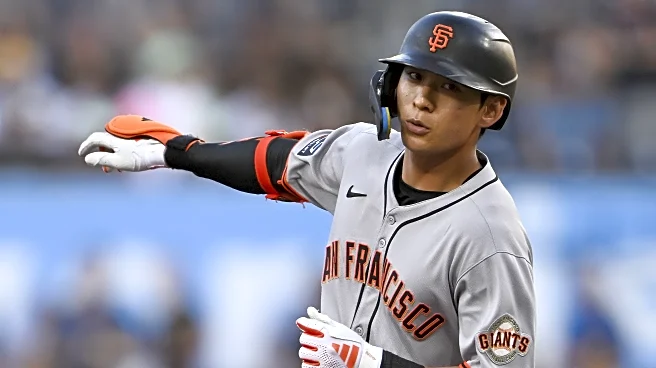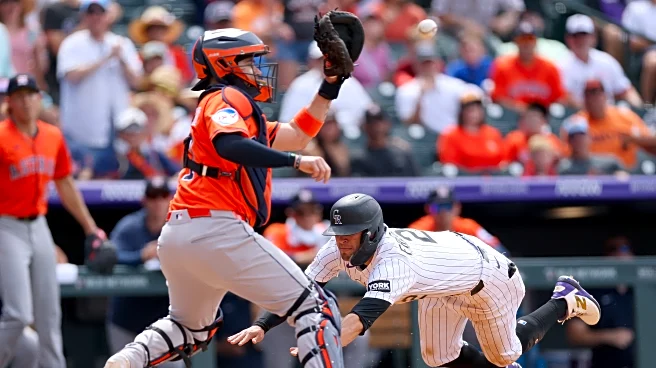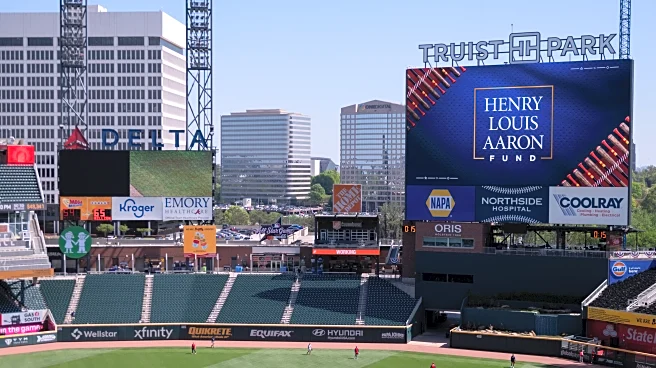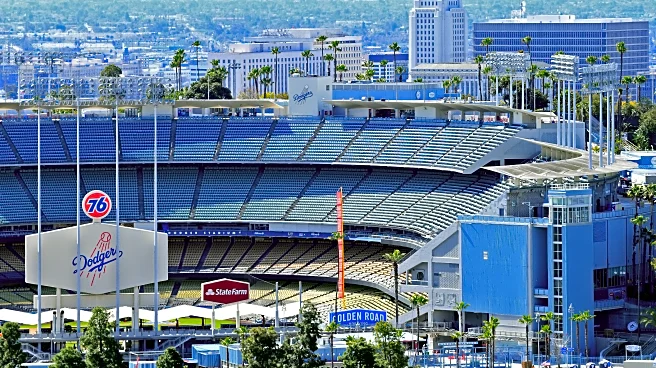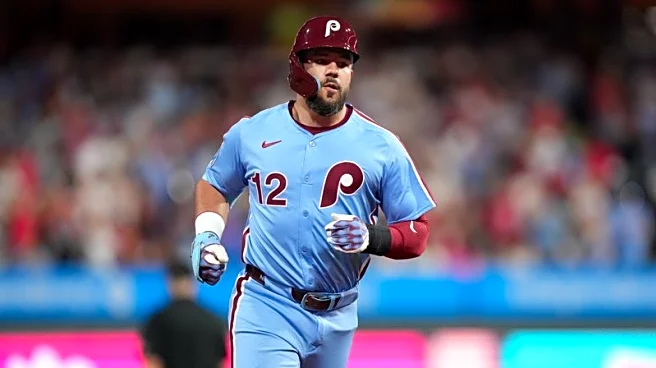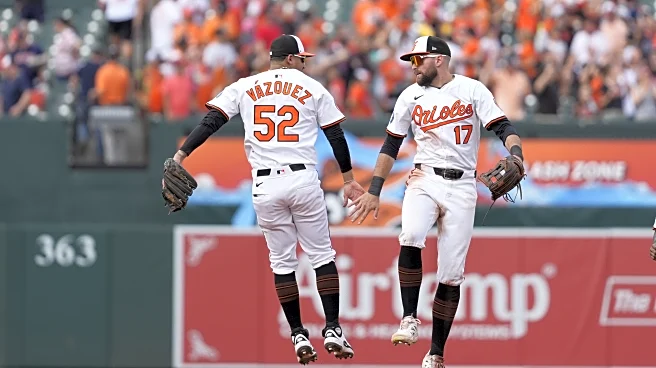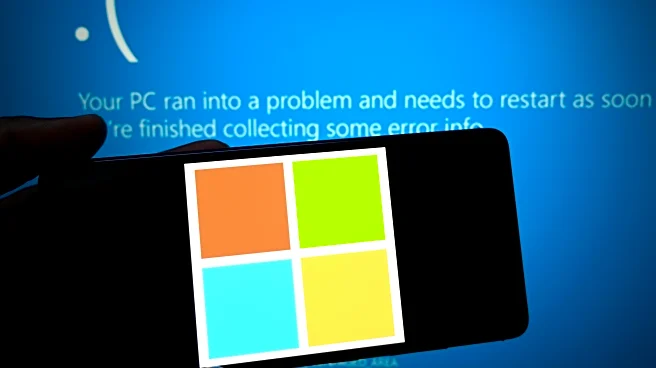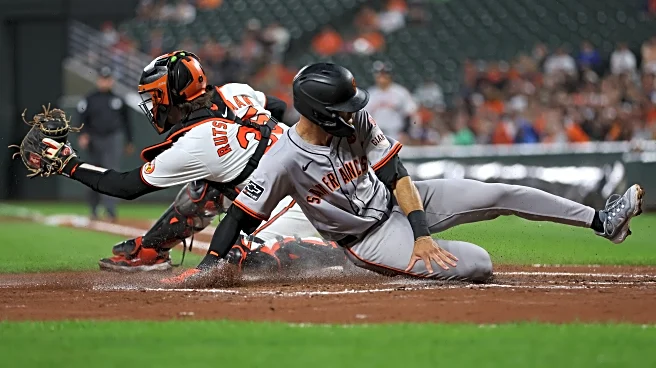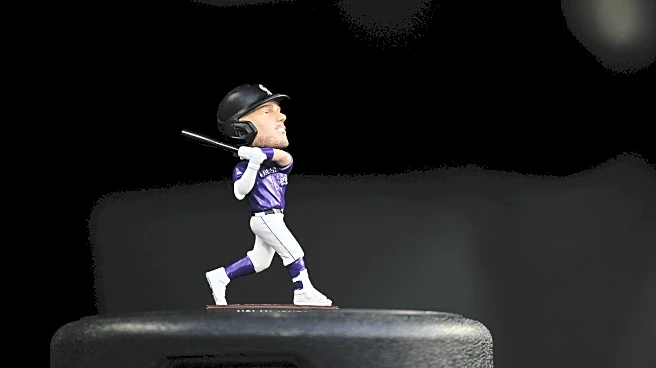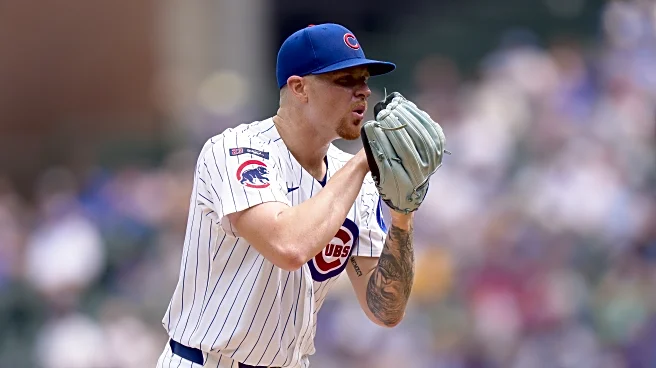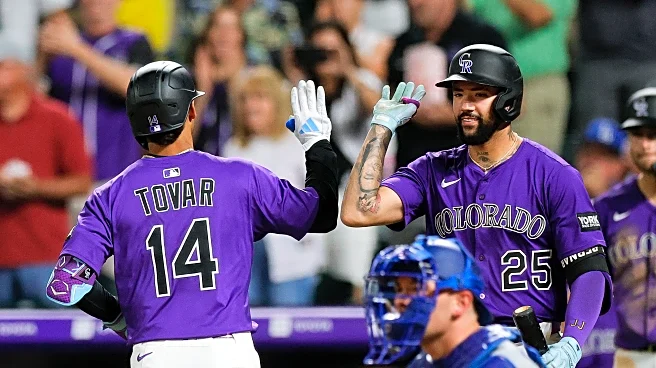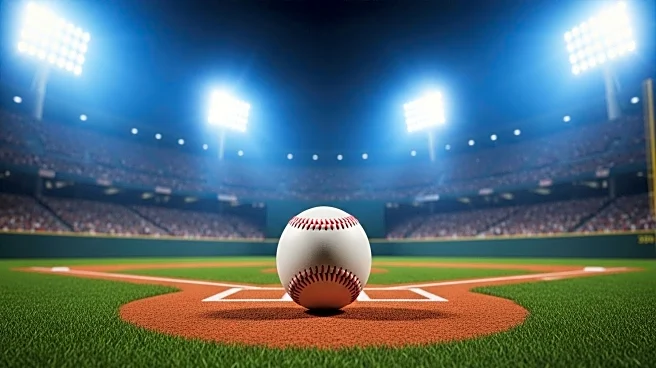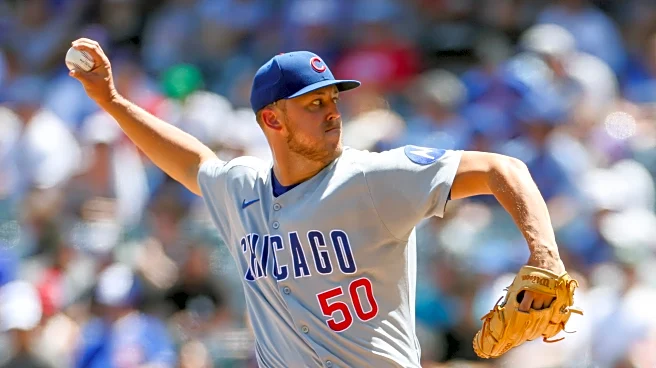
Jung Hoo Lee hit his 30th double on Wednesday, becoming the 162nd Giant in team history to reach that mark. In and of itself, it’s hardly a historic marker in the team’s 143-season history — after all, it’s a list that includes Aaron Rowand and Deivi Cruz — but from the player’s standpoint it’s a huge development with potentially historic implications for the San Francisco Giants.
Back in Jung Hoo’s KBO days, 30+ doubles were par for the course; or, as they might say in Korea (and, gosh, I hope this
translator is right), dangyeonhada. He started off his 2025 campaign with the Giants on a hot streak (.901 OPS through April 30th), then the league adjusted and threw him into a dreadful two-month slump in May & June (.193/.273/.313). He figured it out, though, and since July 1st, he’s slashing .298/.346/.439 (.785 OPS) with 13 doubles and 4 triples. The average and extra base hits all put him in the league’s top 30 during this stretch, and while all hitters are streaky, if he can keep up some measure of this pace, he’ll set some cool marks.
With 28 games remaining, there’s a nonzero chance that Jung Hoo Lee gets to 35 doubles. Of course, you can’t predict baseball, and a slump could be as close as one game facing Baltimore’s southpaw Trevor Rogers (7-2, 1.40 ERA; lefties hitting just .146 off him this season); however, Jung Hoo hit 5 doubles in a 6-game stretch at the beginning of August, so it’s at least plausible. And, if he winds up reaching 35 doubles, he’ll become…
- Just the 71st player in Giants history to hit at least 35 (20th in the Oracle Park era)
- The 39th outfielder to hit 35 doubles (11th in the Oracle Park era)
- Only the 19th centerfielder in team history with at least 35 (7th in the Oracle Park era)
- But only the 6th to play all of his games in centerfield. The others: Ángel Pagán in 2012, Aaron Rowand in 2008, Willie Mays (in 1962 & 1959), Bobby Thomson in 1949, and Hank Leiber in 1935.
That’s right. Willie Mays hit 35+ doubles just twice in his career. That is a weird stat I never knew. Of course, Mays had 10+ triples in five seasons, the most in the team’s post-World War II era. Lee’s 10 triples are just the 24th time since 1950 that a Giant has reached that mark, and just to show how rare that is now, the franchise has 136 seasons where that’s happened — that is, 112 before 1950. Pagán hit 15 triples in 2012, the most for a Giant since Mays hit 20 in 1957. Around Mays and Pagán are a lot of 10- or 11-triple seasons, most recently Brandon Crawford in 2016. If Lee hits 2 more triples, NBC Sports Bay Area broadcast would be able to run this graphic:
Giants with 12+ triples in season since 1950:
- Willie Mays (1957) – 20
- Ángel Pagán (2012) – 15
- Bobby Thomson (1952) – 14
- Willie Mays (1955) – 13
- Willie Mays (1954) -13
- Jung Hoo Lee (2025) – 12
- Steve Finley (2006) – 12
- Willie Mays (1960) – 12
- Brandon Crawford (2016) – 11
- Fred Lewis (2008) – 11
It’d be a bit of a misleading graphic, of course, because here Crawford & Lewis are just two out of six Giants with 11 triples in a season. The others: Robby Thompson (1989), Larry Herndon (1980), Willie Mays (1958), Monte Irvin (1951), but I figure that’s all they could fit! I suppose they could scrunch up number 9 to read “T-9. Brandon Crawford (‘16), Fred Lewis (‘08), Robby Thompson (’89), Larry Herndon (‘80), Willie Mays (’58), Monte Irvin (‘51) or just T-9. Six Players with 11. Anyway!
12+ triples has happened just 80 times in team history, the majority (50) by outfielders. But, again, the game has changed a lot. It’s happened hust twice since the turn of the century (Finley & Pagán) and only 14 times in the last 100 years.
The triples are a bigger stretch, I admit; however, JHL has already hit two of them in August. The case for him hitting two more over the rest of the season? Two of his triples this season came at Coors Field back in June. The Giants will travel to Colorado to play a three-game series on Monday. According to Baseball Savant, Coors Field has the greatest park factor for creating triples (204, as in 104% above the league average). Second in park factor for triples (201) is Arizona, where the Giants still have to play a series. Balancing that out, though, are series in St. Louis (81 park factor, or 19% below league average) and Dodger Stadium (27% below league average). But Oracle Park itself is also great for triples (121 park factor, or 21% above the league average), and there are still 18 home games remaining.
I know that 2 is less than 5, and so there’s probably a better case to be made for Jung Hoo Lee hitting 2 more triples versus 5 more doubles — but! This isn’t the actual thing I wanted to look at. When the Giants signed Jung Hoo Lee, they were getting a player projected to be one of the better younger hitters available. He turned 27 just 9 days ago, which means that 2025 is technically his age-26 season. In my lifetime, with very rare exceptions (1986-1990; 2010-2014), the Giants have been a team of older players. It still feels like a rarity when their younger position players punch through. Savvy veteran leadership has felt the name of the game. So, let’s look at Jung Hoo Lee’s results in that context.
- There are 25 seasons where a Giant age 26 or younger has hit 35+ doubles
- Oracle Park era: Brandon Belt – 39 (2013), Buster Posey – 39 (2012), Pablo Sandoval – 44 (2009).
- The rest of the top 10 (by year): Will Clark – 38 (1989), Jack Clark – 46 (1978), Bobby Bonds – 36 (1970), Ken Henderson – 35 (1970), Orlando Cepeda – 36, 35, 38 (1960, 1959, 1958)
- Bobby Thomson, Mel Ott, Freddie Lindstrom, and George Davis are also on this list. I don’t know, seems like being on a list of Hall of Famers and famous Giants would be a very, very good thing.
- Of this group, only 15 were outfielders and only 2 were centerfielders (Hank Lieber & Bobby Thomson)
- Only three Giants have had 35+ doubles and 10+ triples in their age-26 or younger season: Fred Merkle (1919, age-21) — 35 doubles, 14 triples; Bobby Bonds (1970, age-24) — 36 doubles, 10 triples; George Burns (1914, age-24) — 35 doubles, 10 triples.
So, that’s why the headline suggests Jung Hoo Lee’s season is unprecedented; and yet, full credit to him for adjusting his talents. This seems like a lofty group to join, but it’s not really all that farfetched. Already, Jung Hoo Lee is the first player in the Oracle Park era to hit 30 doubles and 10 triples in his age-26 (or younger) season, and he’s just the 15th player in the team’s overall history to accomplish that. If you remove the age filter, it’s still pretty impressive, too, because it underscores just how important Triples Alley is! Lee’s 2025 is 1 of 48 instances in the Oracle Park era where a hitter of any age has hit 30+ doubles and 10+ triples. It’s a much more common occurence these days, but it’s his age that adds the relevant wrinkle.
He is just the 20th player in all of Major League Baseball since 2000 to hit 30 doubles and 10 triples in his age-26 (or younger) season.

That’s quite a list of names, and for reasons unknown, doesn’t include Jung Hoo Lee (yet); however, what’s most impressive is how few centerfielders are on it and how three of the four are left-handed. Jung Hoo Lee as Grady Sizemore as Johnny Damon as Curtis Granderson? These are all good players to equal (with respect to the other centerfielder, right hander Austin Jackson). It didn’t have to work out this way. That May & June slump has felled many a promising young player. Couple that with a season-ending injury only a year ago and it wouldn’t be hard to imagine Jung Hoo Lee getting too much in his head or simply being overwhelmed by the level of competition in MLB. He persevered.
Because he doesn’t hit for power or take a lot of walks or steal a lot of bases and only plays lackluster defense in centerfield, he’s having what’s basically an average season, relative to his peers (+2.3 fWAR —80th in MLB). As his first “full” season (hard to square when he’s already played professionally for many years), especially one that comes after a really bad injury, it’s unquestionablly a good one for him and the Giants. But given how he’s already on the verge of history and that Buster Posey sees this year as a stepping stone for an even better 2026, I think it’s most accurate to say that he’s already the player the Giants expected him to be and he’s on the verge of realizing the team’s wildest dreams.
